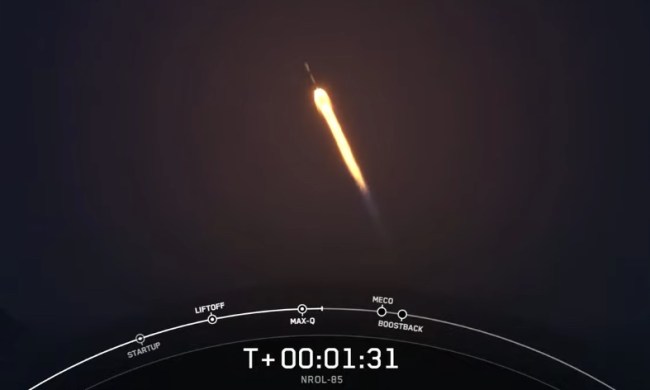Astronomers have been voicing concerns about SpaceX’s plan to deploy potentially tens of thousands of small satellites in low-Earth orbit as part of its ambitious Starlink project to beam broadband internet services to underserved communities around the world.
SpaceX launched its second batch of 60 internet satellites on Monday, November 11, following its debut deployment of the same number in May 2019. The company recently received permission to deploy up to 42,000 satellites in the coming years, though it’s believed that far fewer will be needed to achieve extensive broadband coverage.
Nevertheless, a growing number of astronomers fear that the deployment of such satellites by SpaceX and its competitors could affect their ability to get a clear view of deep space, and also interfere with radio wavelengths that they use in the course of their work, The New York Times reported this week.
Sun-reflecting exteriors
The issue has been brought to the fore by enthusiastic skywatchers who have been posting videos of the Starlink satellites as they spread out across the sky shortly after deployment, their sun-reflecting exteriors clearly visible to the naked eye.
For those looking up from brightly lit cities, the satellites’ brightness will dim as they move into a higher orbit. But astronomers with powerful stargazing kit will still be able to see them, prompting concerns about more of the satellites launching in the coming years.
James Lowenthal, an astronomer at Smith College in Massachusetts, told the Times that when he saw the Starlink satellites lit up in the night sky, he felt “as if life as an astronomer and a lover of the night sky would never be the same,” adding that one day it could “look as if the whole sky is crawling with stars.”
Speaking to the Guardian shortly after the first Starlink deployment in May, astronomer Cees Bass of the Netherlands Institute for Radio Astronomy said that at first he thought the satellites looked “spectacular,” but soon realized that “if several thousands of these are launched it will change what the night sky looks like.”
In a bid to address concerns, SpaceX is working with relevant bodies to see what it can do to reduce the impact of its satellites on astronomers’ work. The company has already talked of painting the Earth-facing sections of the satellites to make them less reflective, though it’s not certain that this would solve the problem.
The current consensus appears to be that giant telescopes should be able to cope with as many as several thousands satellites in the night sky, as only a small number would be visible at any one time, but looking ahead, if huge numbers are deployed by companies seeking to provide internet services, the situation could become far trickier for astronomers.
The issue is deemed so serious that professional stargazers want to address it now, before it’s too late.


